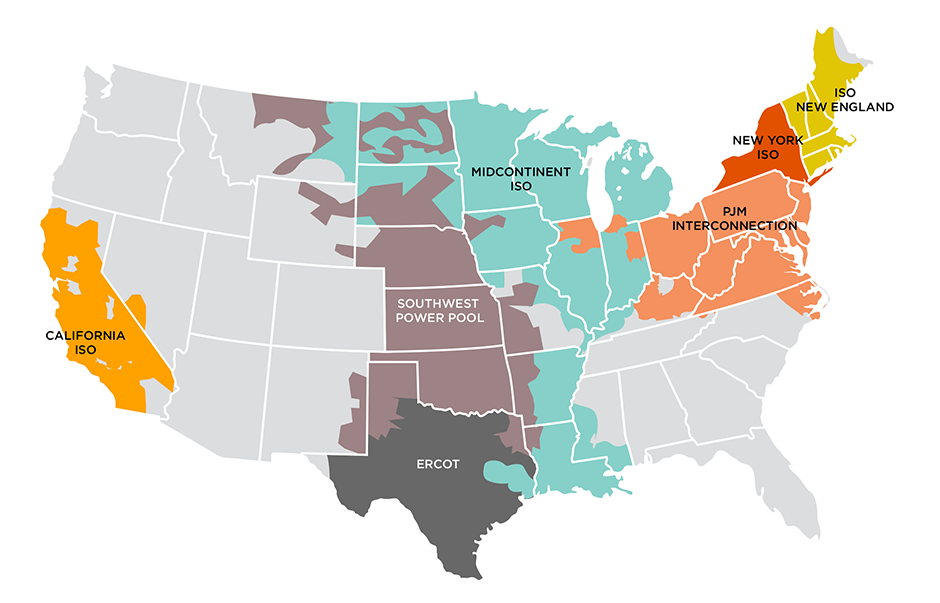Molecules, Vol. 29, Pages 5413: A Facile Alkali-Assisted Synthesis Strategy for Hierarchical Porous Carbon Aerogels for Supercapacitors
Molecules doi: 10.3390/molecules29225413
Authors: Huimin Yang Mingfang Zhang Xinwei Guan Xiaogang Shang Lingfeng Zhu Haimei Xu Songbo Li
Carbon aerogels synthesized via the polymerization of resorcinol (R) and formaldehyde (F) exhibit remarkable physiochemical properties, such as high thermal stability and excellent electrical conductivity. However, their limited specific surface area and porosity restrict their application potential. Herein, we developed hierarchical porous carbon aerogels using a one-step carbonization and activation method, directly converting the resin into carbon aerogel material by adding KOH as an activating agent. In contrast to conventional carbon aerogels with an irregular block ground structure, our hierarchical porous carbon aerogels exhibit substantially enhanced specific surface area, total pore volume, and surface oxygen content. In addition, this straightforward one-step fabrication approach holds significant promise for energy storage applications. Notably, the hierarchical porous carbon aerogel C1, with a KOH/RF mass ratio of 1, was proven to be the most effective electrode candidates, achieving a specific capacitance of 261.9 F∙g−1 at 1 A∙g−1 and 208.2 F∙g−1 at 20 A∙g−1. Moreover, it exhibited an outstanding rate capability of 79.5% and excellent capacity retention of approximately 97.5% after 10,000 cycles (7 A∙g−1). This work highlights a promising approach for synthesizing commercial-grade carbon aerogels with hierarchical porosity, enabling high-performance energy storage applications.

 6 days ago
23
6 days ago
23


